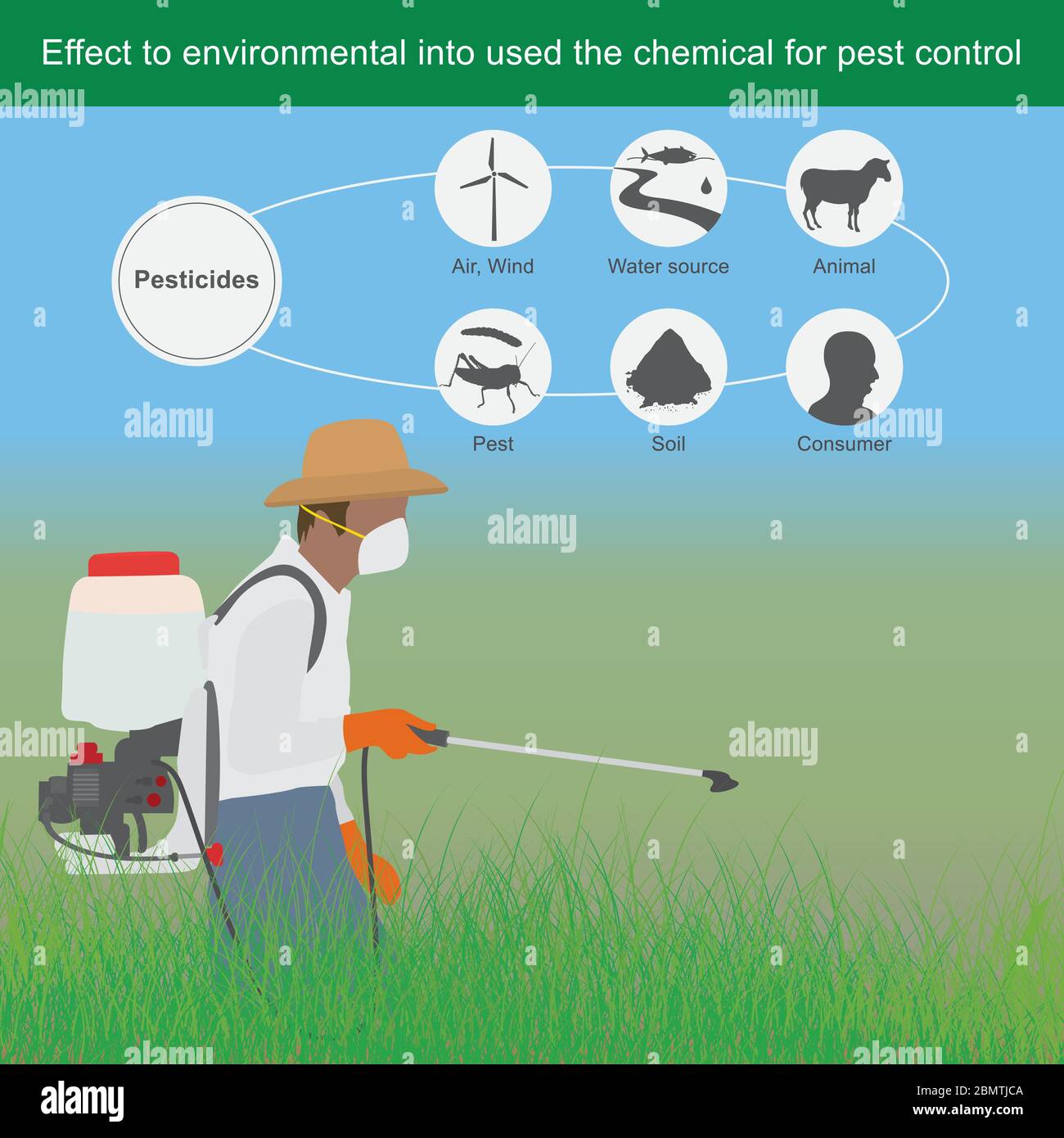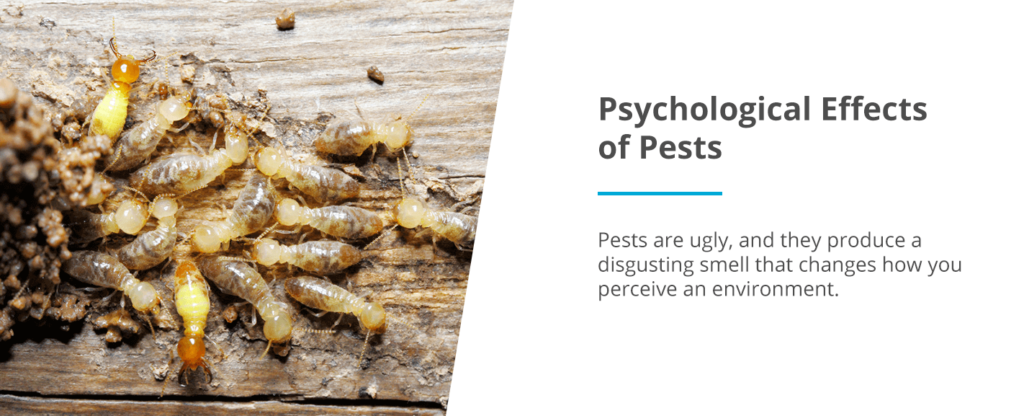Eco Bed Bug Exterminators Dc Things To Know Before You Get This
Eco Bed Bug Exterminators Dc Things To Know Before You Get This
Blog Article
The Basic Principles Of Eco Bed Bug Exterminators Dc
Table of ContentsThe Basic Principles Of Eco Bed Bug Exterminators Dc Eco Bed Bug Exterminators Dc for DummiesExamine This Report about Eco Bed Bug Exterminators DcEco Bed Bug Exterminators Dc - An OverviewEco Bed Bug Exterminators Dc - Truths
Due to the fact that pesticides are poisonous, they are also possibly harmful to people, pets, various other organisms, and the atmosphere. Individuals who utilize chemicals or frequently come in call with them have to understand the loved one toxicity, prospective health and wellness results, and preventative steps to decrease direct exposure to the items they use. Hazard, or threat, of using pesticides is the possibility for injury, or the level of danger included in making use of a chemical under an offered collection of problems.
Nevertheless, applicators can lessen or almost get rid of exposure-- and hence decrease risk-- by complying with the label directions, making use of individual protective clothing and equipment (PPE), and managing the chemical appropriately. Even more than 95 percent of all chemical direct exposures come from dermal exposure, mainly to the hands and lower arms. By using a set of unlined, chemical-resistant handwear covers, this sort of exposure can be almost gotten rid of.
The hazardous results that take place from a solitary exposure by any kind of path of access are labelled "severe effects." The 4 courses of exposure are facial (skin), inhalation (lungs), oral (mouth), and the eyes. Intense toxicity is determined by examining the facial toxicity, inhalation toxicity, and oral poisoning of guinea pig.
How Eco Bed Bug Exterminators Dc can Save You Time, Stress, and Money.
Acute poisoning is measured as the amount or focus of a toxicant-- the a.i.-- called for to eliminate half of the animals in an examination population. This procedure is usually shared as the LD50 (deadly dosage 50) or the LC50 (lethal concentration 50). In addition, the LD50 and LC50 worths are based on a solitary dosage and are tape-recorded in milligrams of pesticide per kg of body weight (mg/kg) of the examination pet or partly per million (ppm).
The lower the LD50 or LC50 value of a chemical item, the higher its poisoning to people and pets. Chemicals with a high LD50 are the least toxic to humans if used according to the directions on the item tag. The persistent toxicity of a chemical is identified by subjecting test pets to lasting direct exposure to the energetic component.
The persistent poisoning of a pesticide is harder than severe poisoning to identify through lab evaluation. Products are categorized on the basis of their family member severe poisoning (their LD50 or LC50 worths). Chemicals that are identified as very harmful (Toxicity Category I) on the basis click resources of either oral, dermal, or breathing poisoning have to have the signal words threat and poisonous substance printed in red with a head and crossbones sign plainly presented on the front panel of the plan label.
The acute (solitary dosage) dental LD50 for chemical products in this group varies from a trace total up to 50 mg/kg. For example, exposure of a few drops of a material taken orally might be fatal to a 150-pound individual. Some chemical items have simply the signal word threat, which tells you absolutely nothing regarding the severe poisoning, just that the item can trigger extreme eye damages or serious skin irritation
Eco Bed Bug Exterminators Dc - Questions
In this classification, the intense oral LD50 ranges from 50 to 500 mg/kg. A tsp to an ounce of this product might be deadly to a 150-pound person (how to get rid of bed bugs). Pesticide products identified as either somewhat poisonous or relatively safe (Poisoning Classifications III and IV) are required to have the signal word care on the chemical tag

All pesticide toxicity valuesPoisoning worths the LD50, can be found on the product's Item Safety Product Security (MSDS). Pesticide labels and MSDS can be obtained from retailers or manufactures - https://slides.com/ecobedbug3xt. The signs and symptoms of chemical poisoning can range from a light skin inflammation to coma or also death.
Individuals likewise vary in their sensitivity to different levels of these chemicals. Some individuals might show no reaction to an exposure that may cause extreme ailment in others (pest control Washington DC). Due to possible health and wellness problems, chemical individuals and handlers must identify the typical symptoms and signs of chemical poisoning. The effects, or signs and symptoms, of chemical poisoning can be generally defined as either topical or systemic.
The Single Strategy To Use For Eco Bed Bug Exterminators Dc
Dermatitis, or inflammation of the skin, is approved as the most frequently reported topical result connected with pesticide exposure. Some people often tend to cough, hiss, or sneeze when exposed to chemical sprays.
This signs and symptom usually subsides within a couple of minutes after an individual is removed from the exposure to the toxic irritant. However, a response to a chemical product that triggers a person not only to sneeze and cough yet also to develop extreme intense respiratory system symptoms is extra most likely to be a true hypersensitivity or allergy.
Systemic results are fairly various from topical results. They typically take place away from the original point of call as an outcome of the chemical being absorbed right into and distributed throughout the body. Systemic impacts typically include queasiness, throwing up, tiredness, migraine, and digestive conditions. In advanced poisoning situations, the individual might experience modifications in heart rate, difficulty breathing, convulsions, and coma, which could lead to death.
Report this page